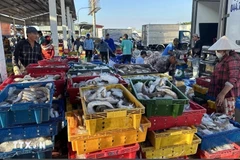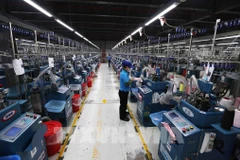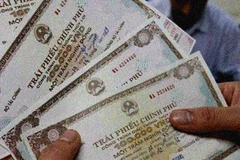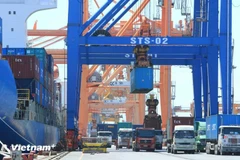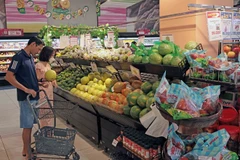According to the Fisheries InformationCentre, Vietnam’s sea area is divided into four main regions: northern,central, southeast, and southwest. Fishing activities are classified ason-shore and off-shore based on the depth of the sea in each region.
There are two main fishing seasons: the south season(from May to October in the north, and July-December in the south); andthe north season (from November to April in the north and January-May inthe south).
During the 2014-2015 north season, theMinistry of Agriculture and Rural Development directed fisheries unitsto pioneer a streamlined tuna production value chain to createhigh-quality fish products.
Following the success ofthis model, the fisheries sector looks to implement similar methods inother product lines such as shrimp and octopus.
Apart from setting up dozens of community-based fishing associations andon-shore fishing management systems, localities called for moreproactive fishermen involvement in the protection and management offishing grounds.
Local authorities also enactedmajor policies to boost seafood development such as investment inaquatic-breeding infrastructure; long-term preferential loan credits forrebuilding and upgrading fishing vessels, and low-interest mobile loancredits for seafood exploitation services; and tax and insuranceincentives.
In the 2015 south season, the fisheries sector targeted catching 1,327,000 tonnes of fish.
The General Department of Fisheries asked coastal localities toproactively direct farmers in production and help them addressdifficulties and cope with complicated weather developments.-VNA







